Pelargonium Appleblossom: description of varieties and cultivation

For almost 200 years, Appleblossom pelargoniums have been decorating our lives with their wonderful blooms.
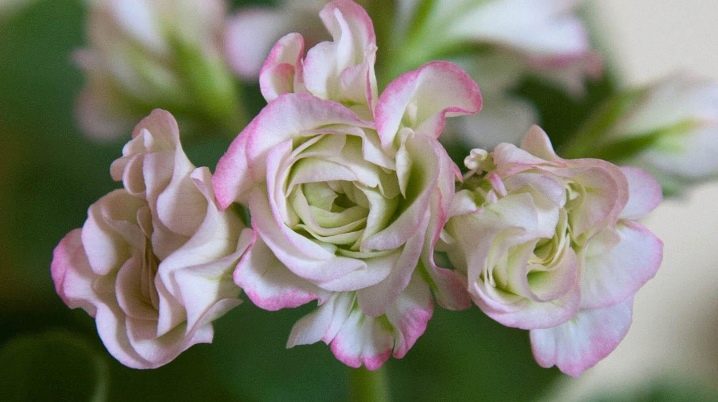
Description
Apple Blossom means "apple blossom" in Russian. Thanks to skillful breeders, to the delight of lovers of these flowers, not only pink pelargoniums, reminiscent of the picturesque bloom of spring gardens, but also many other varieties of stunning beauty.
- Pelargonium Fischers Appleblossom. It is a magnificent rosaceous rosaceous variety of Pelargonium. Delicate pink inflorescences with peach or red edging are collected in lush clusters on elastic short peduncles. Blooms profusely from May to August.
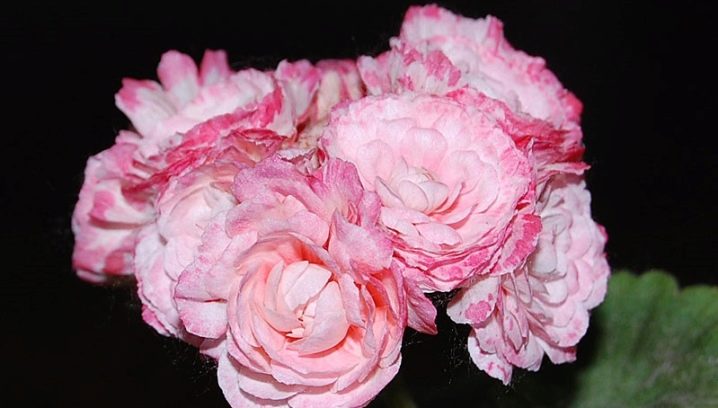
- Fisher well branched, has dense large stems, rather compact. It propagates vegetatively, with side shoots with five leaves. Loves light and warmth.
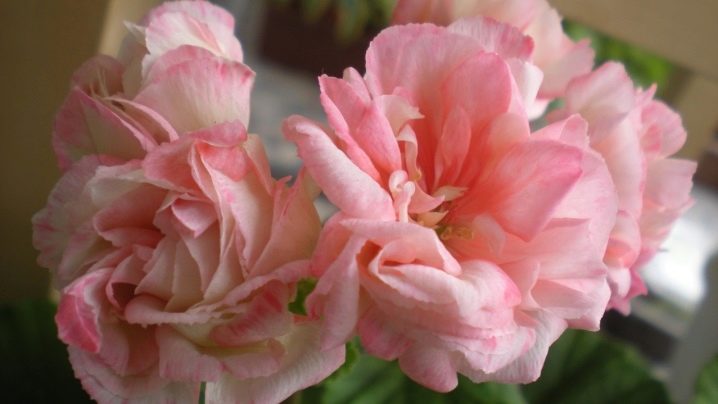
- Ungarisk Appleblossom. Zonal rosaceous pelargonium with bright red velvety petals with lilac edging and white seamy side. The inflorescences are distinguished by their splendor and density, endowed with a high peduncle, they look elegant and solemn. The bush is large, powerful, branched, has emerald foliage with pronounced zones.
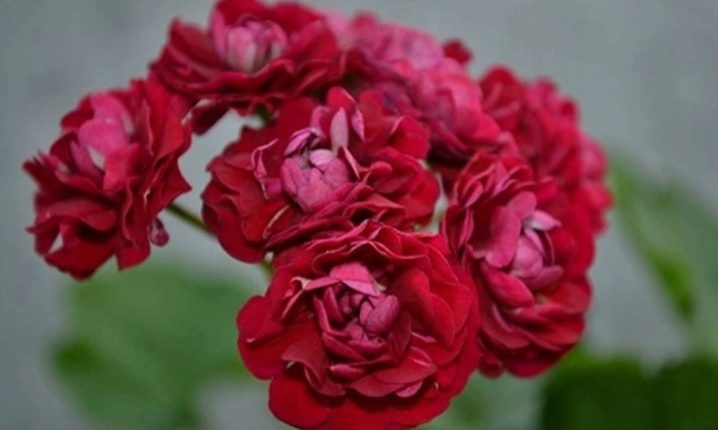
- "Ungarik" - a variety that is demanding to care for, needs warmth, good lighting and the formation of a bush. To see the first flowering, you need to be patient: the plant may not bloom in the first year of life.
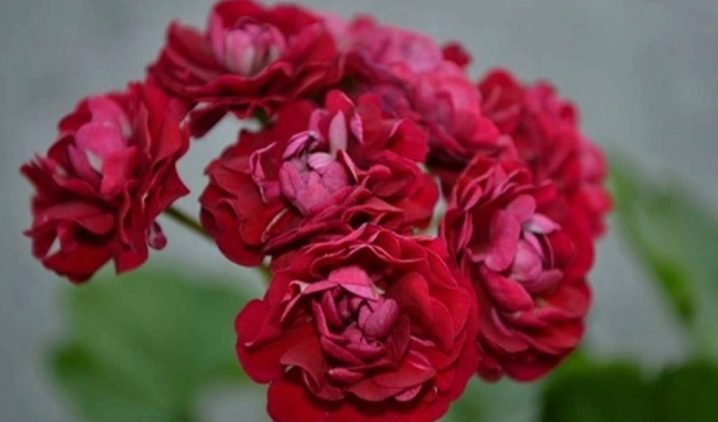
- Rosebud Westdale Appleblossom. This is a rosebud pelargonium, which has leaves of unusual color with a green central zone and a large, light milky edging along the edges. The flowering of the plant is no less amazing: the flowers are white, double. They look like half-open roses with a pale pink or red border.
The plant blooms very luxuriantly all season with magnificent large caps. The bush itself is tall, powerful, looks decorative.
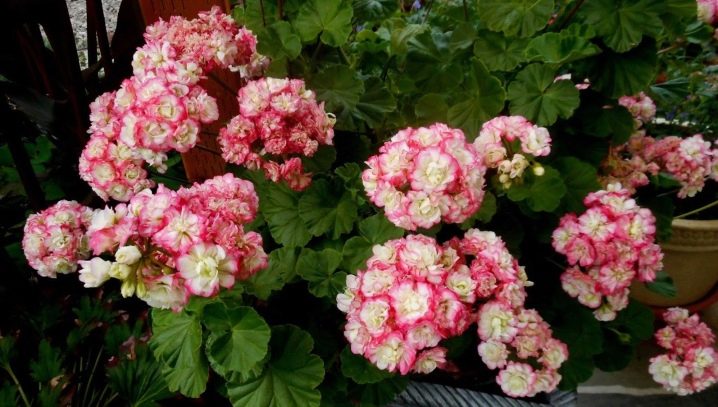
- Westdale loves partial shade, diffused light and warmth. The plant is demanding for watering: it does not tolerate dry air and soil, does not tolerate waterlogging and drafts. It is difficult to please him. As a sign of his dissatisfaction, the "capricious" always strive to shed the leaves.
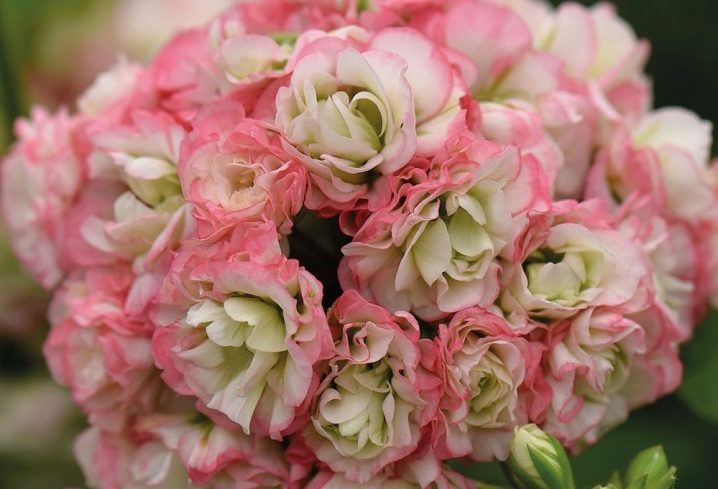
- Knight Appleblossom F1. This is a zonal, very unpretentious, beautiful hybrid variety that blooms all year round in the house, and in the warm season (from May to September) - on the street. The flowers of the plant are pink-carmine, with a light pink center. The magnificent, unusual color of the foliage has a cherry-brown hue with a bright green edge.
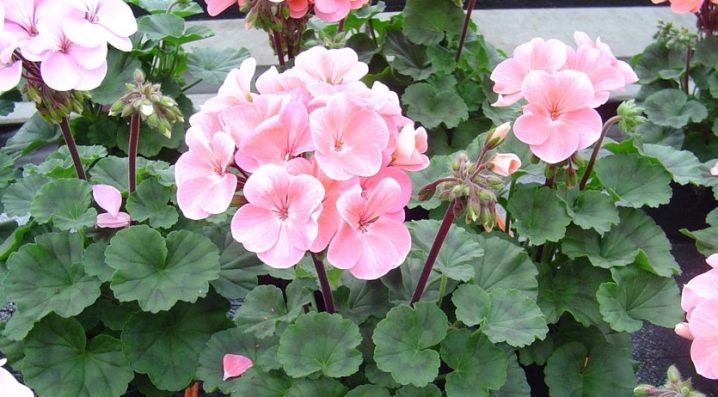
- "Knight" Is a large, branchy and lush bush. The plant loves light, but can bloom beautifully in shaded areas, is patient with drought. Loves good and regular watering. Feels great not only on the southern, but also on the western or eastern windows.
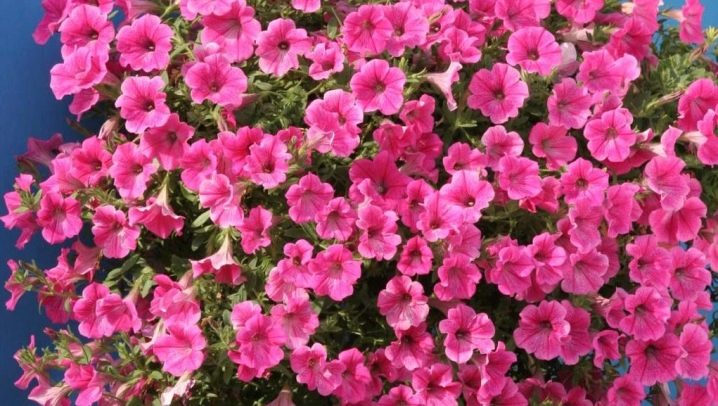
- Happy Appleblossom. This pelargonium is the pride of any grower. Against the background of leaves with a central zone in the shape of a light green butterfly, huge pink-white caps of inflorescences of delicate roses rise on tall, slender peduncles.
The bush requires care, loves the sun, regular but moderate watering. It is necessary to form the crown of the plant, otherwise the shoots will stretch out and look like straight sticks, do not branch. Cuttings cut during the cutting of the bush root perfectly.
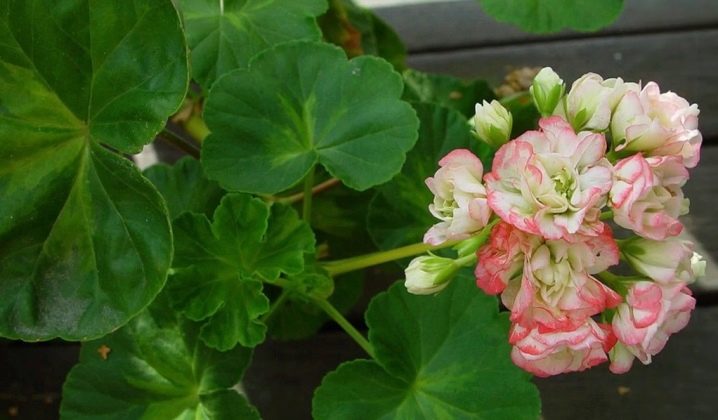
- Exotica Appleblossom... Not small, but very compact bush, with dense, pale pink double roses. The variety differs in that it blooms elegantly and for a long time. In bright summer light, the petals can take on a creamy or salmon color. Bright light greens are in great harmony with lovely voluminous pink-shaped inflorescences.

- Apple Blossom Rosebud. An ancient variety that every collector who is in love with rosebud pelargoniums has. With its sophistication and beauty, Apple Blossom Rosebud won the heart of Queen Elizabeth of England. Graceful roses, collected in an inflorescence-bouquet, have a white center with a light green tint and creamy petals, smoothly turning into a rich pink hue. The bush is strong, with fleshy thick stems and delicate, light green foliage.

This noble plant does not require special attention, it feels great on the street and at home.
Regular haircuts, timely watering and warmth are all you need for a chic and long-lasting bloom.
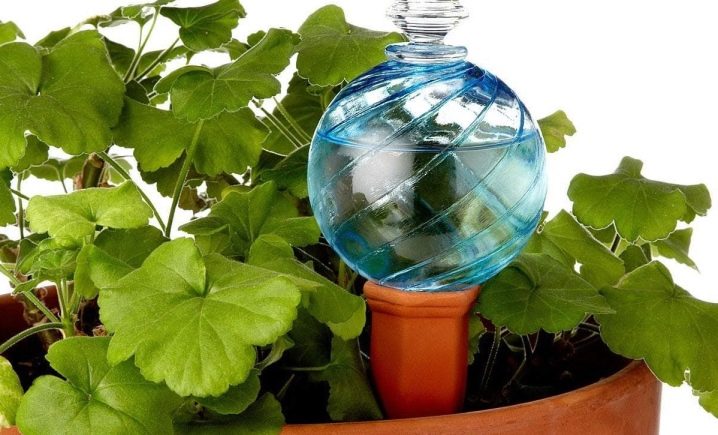
Growing
Peculiarities:
- the flower is grown in spacious pots, but not outdoors;
- Pelargoniums do not tolerate bad weather - gusty wind, rain, cold and fog are destructive for them;
- flowers love the sun, but you should not leave them in the heat under the incinerating rays;
- in winter, most varieties are dormant, they lose their decorative effect, stretch out and stop blooming;
- it is not advisable to place plants next to heating radiators in winter;
- from the beginning of the growing season, the bushes must be shaped by competently cutting the shoots;
- faded roses must be removed - then the whole bunch will continue to bloom;
- fertilize rosebud pelargoniums with phosphorus-potassium fertilizers.
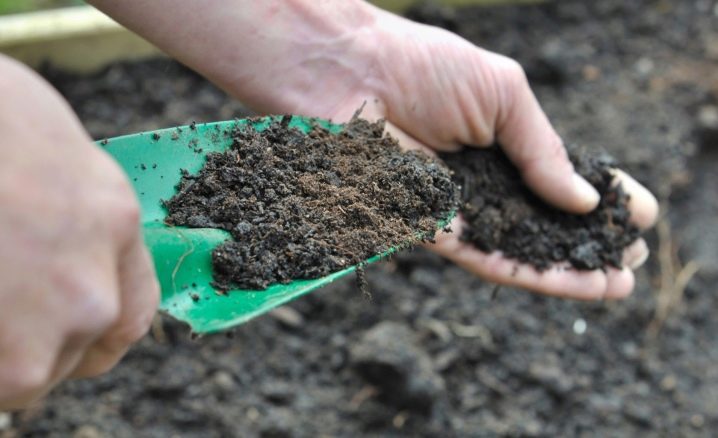
The soil
In order for the plant to please the grower with its flowering, it is necessary to choose the right soil for it. The soil should be loose, nutritious, and have neutral acidity. We must not forget about good drainage - 1/3 of the pot is covered with expanded clay.
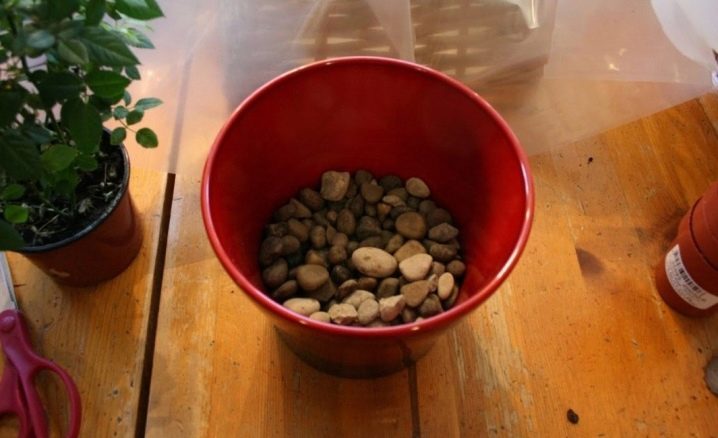
The following composition is recommended:
- agroperlite - 1/10 part;
- sand - 1/10 part;
- humus - 2/10 parts;
- peat - 2/10 parts;
- sod land - 4/10 parts.
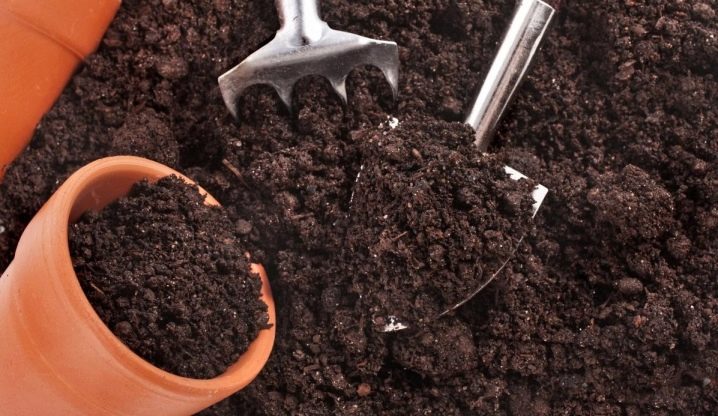
Lighting
For rosebud pelargoniums, south and southwest windows are best suited. If this is not possible, then you need to provide the plants with special phytolamps. In very hot weather, when the air temperature reaches +30 degrees, the sun can burn the leaves of plants. On the street, it is better to rearrange them in partial shade, and in the house - to hide them from the rays with curtains.
Temperature
In summer, the optimal temperature for this plant is considered to be its interval from +20 to +25 degrees. In winter, it should be at least +15 degrees.

Watering
At home in Africa, this type of plant lives in arid soils rich in limestone, calcium and chalk, so the plants perfectly tolerate drought and suffer from waterlogging. Watering the plants should not be too abundant. This should only be done when the topsoil is completely dry. In winter, watering is reduced.
Plants do not like spraying, like all varieties with pubescent leaves. Pelargonium should be watered carefully so as not to soak the roses. The water should be soft, standing for at least 24 hours.
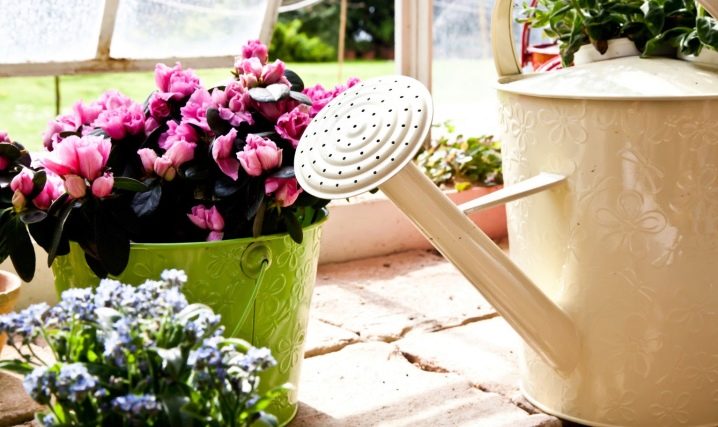
Landing
Appleblossom, like all pelargoniums, reproduces vegetatively: by shoots and seeds. If the pelargonium variety is hybrid, then you should not propagate it by seeds. Classic varieties, on the other hand, give excellent results when sown.
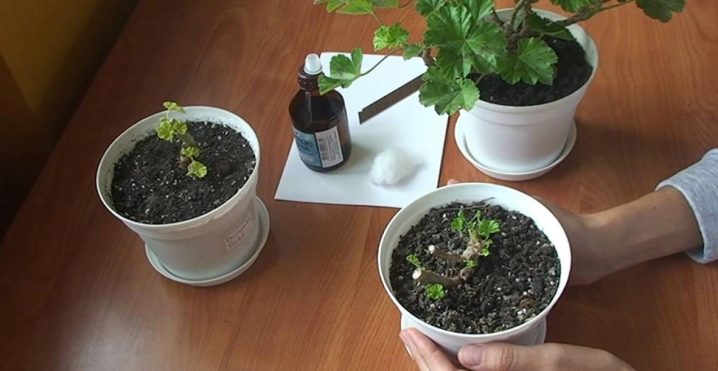
Planting seeds
This activity looks like this:
- first of all, the seeds must be soaked before sowing for 2 hours;
- then it is necessary to distribute them in the prepared greenhouse at a distance of at least 2 cm from each other;
- after that, you need to cover the sowing with a small layer of loose moist soil;
- the last stage is spraying the soil with a spray bottle.

The greenhouse is kept at a temperature of no more than +25 degrees and must be ventilated. The first shoots will appear in 5-7 days.
Shoots are rooted in water. Step by step, this process looks like this:
- you need to take an opaque container;
- then a solution is prepared for the seedlings: powder "Kornevin" is taken on the tip of a knife for 100 g of water;
- the plants are kept in the preparation for a day;
- pelargoniums are placed in a glass with settled water and two tablets of activated carbon until roots are formed.

Rooting in the ground.This process is the following manipulations:
- during plant pruning (in February-March), you need to select strong healthy tops and lateral cuttings with 2-3 internodes;
- then separate cups with drainage holes should be prepared;
- after that, you need to pour wet peat or sand into the container;
- it is necessary to plant cuttings in the grooves, dipping the tip of the leg in "Kornevin";
- the appearance of fresh leaves indicates successful rooting.
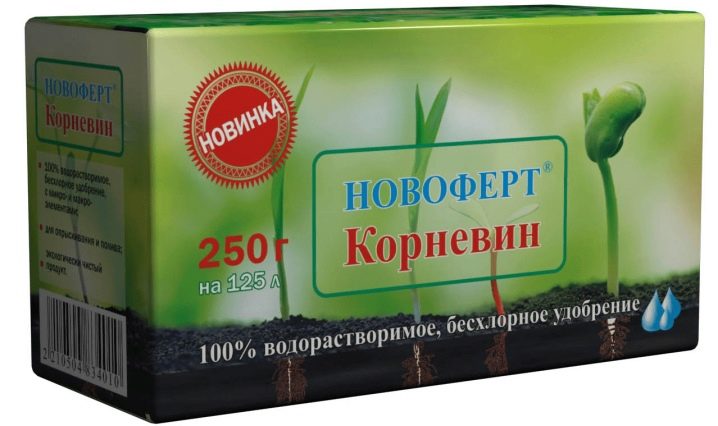
You can learn more about planting pelargonium in the following video.































Thank you very much for the wonderful article, it was very interesting and informative. Awesome photos! Good luck and success in all your endeavors!
The comment was sent successfully.